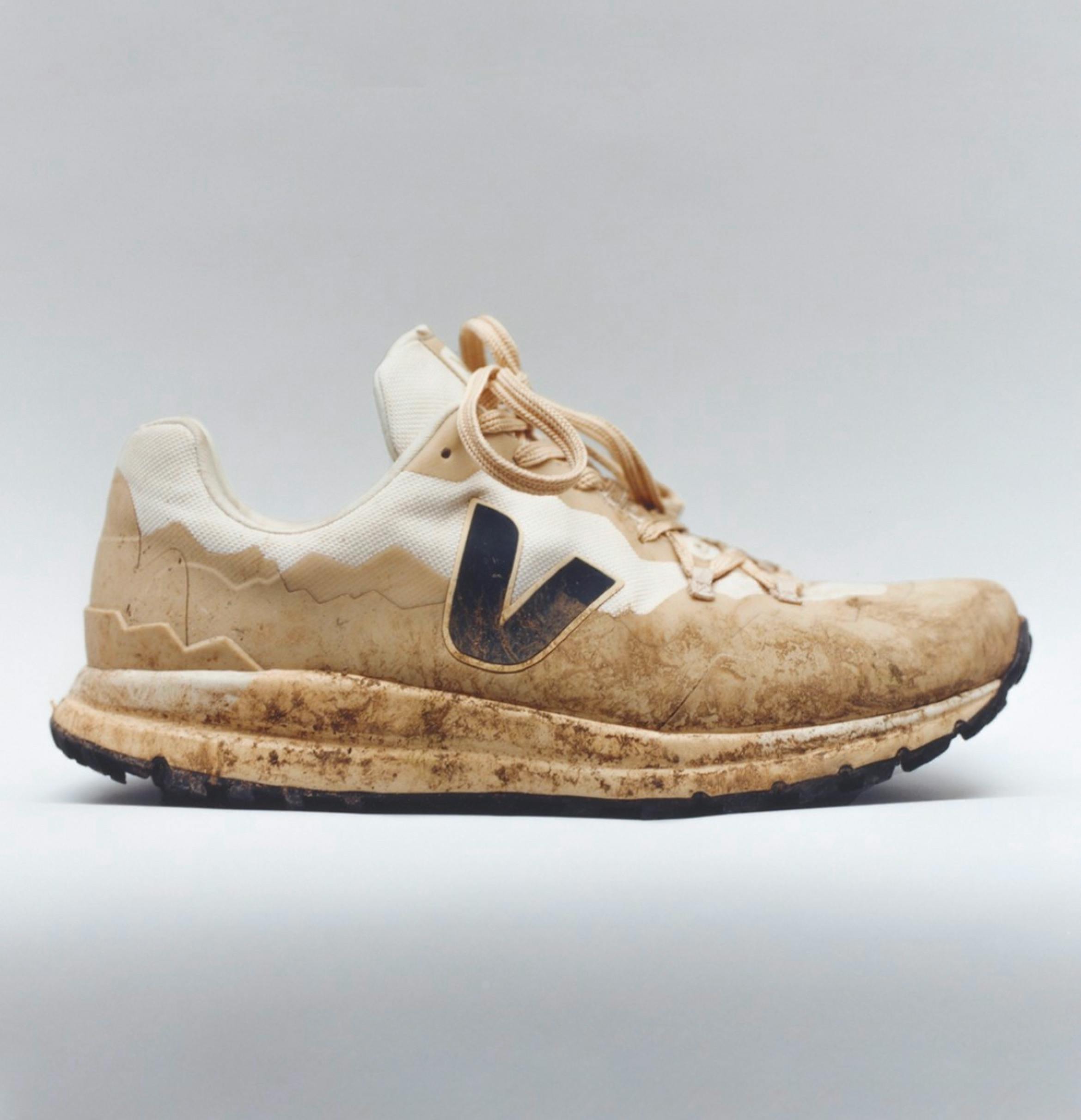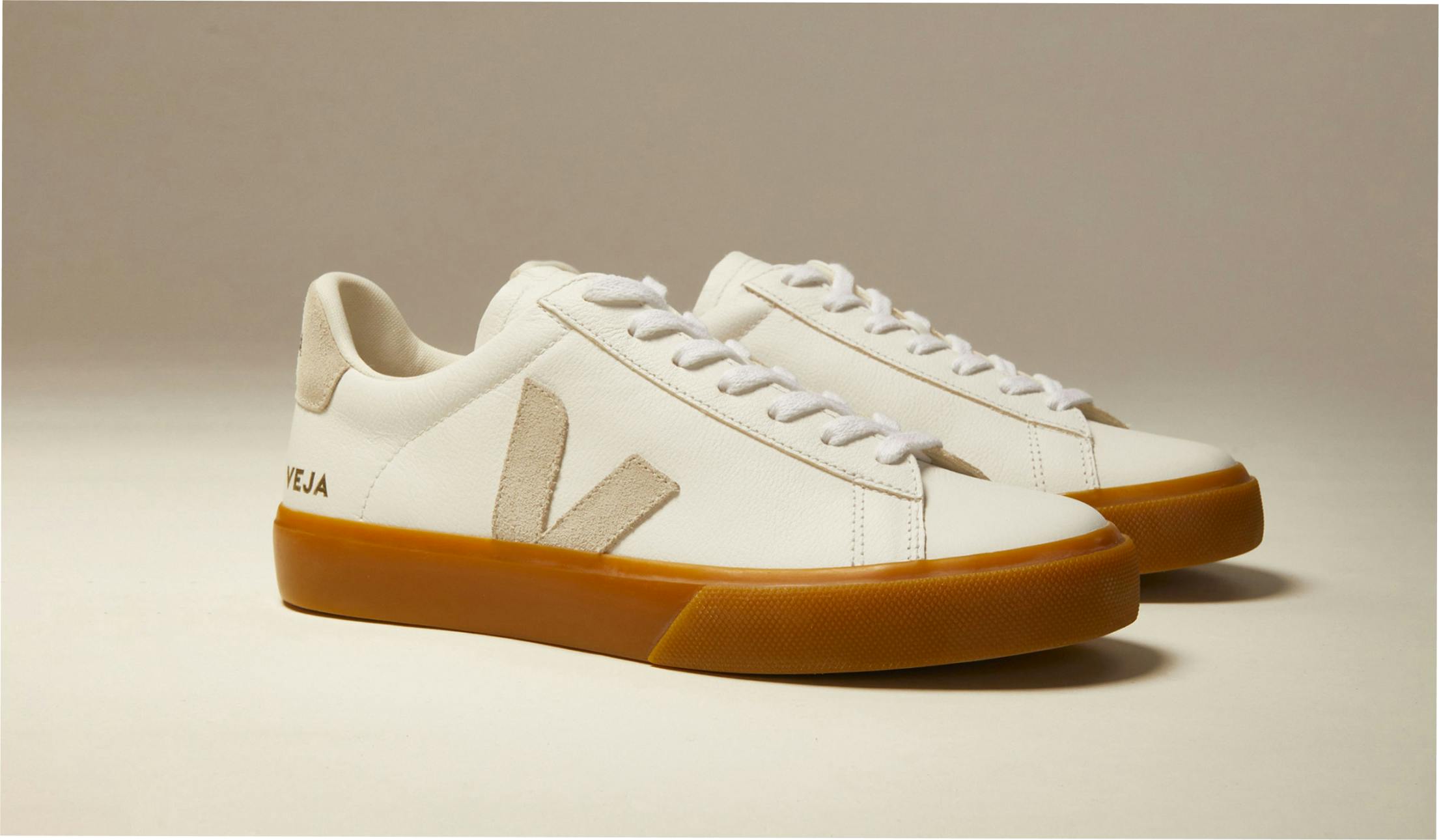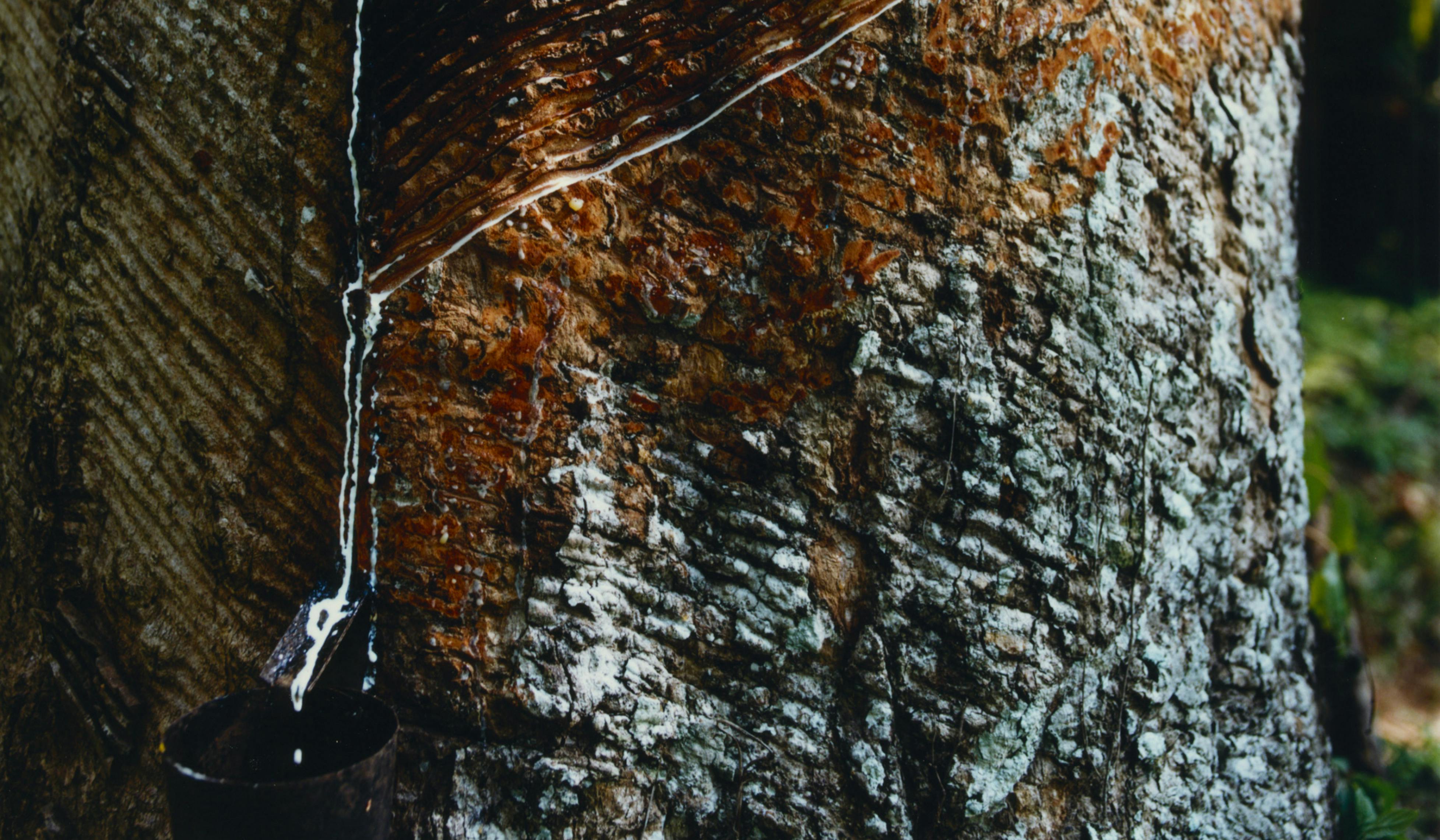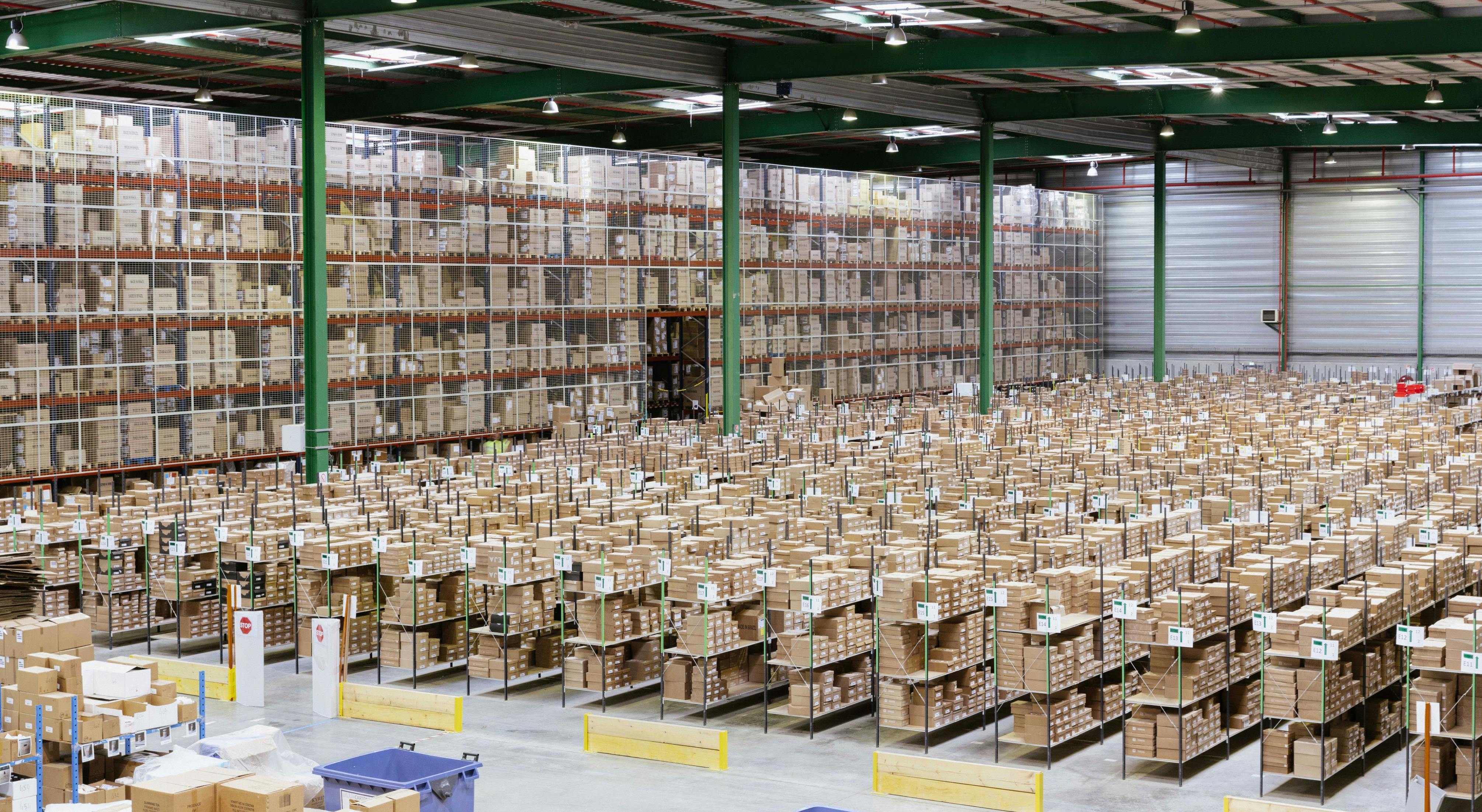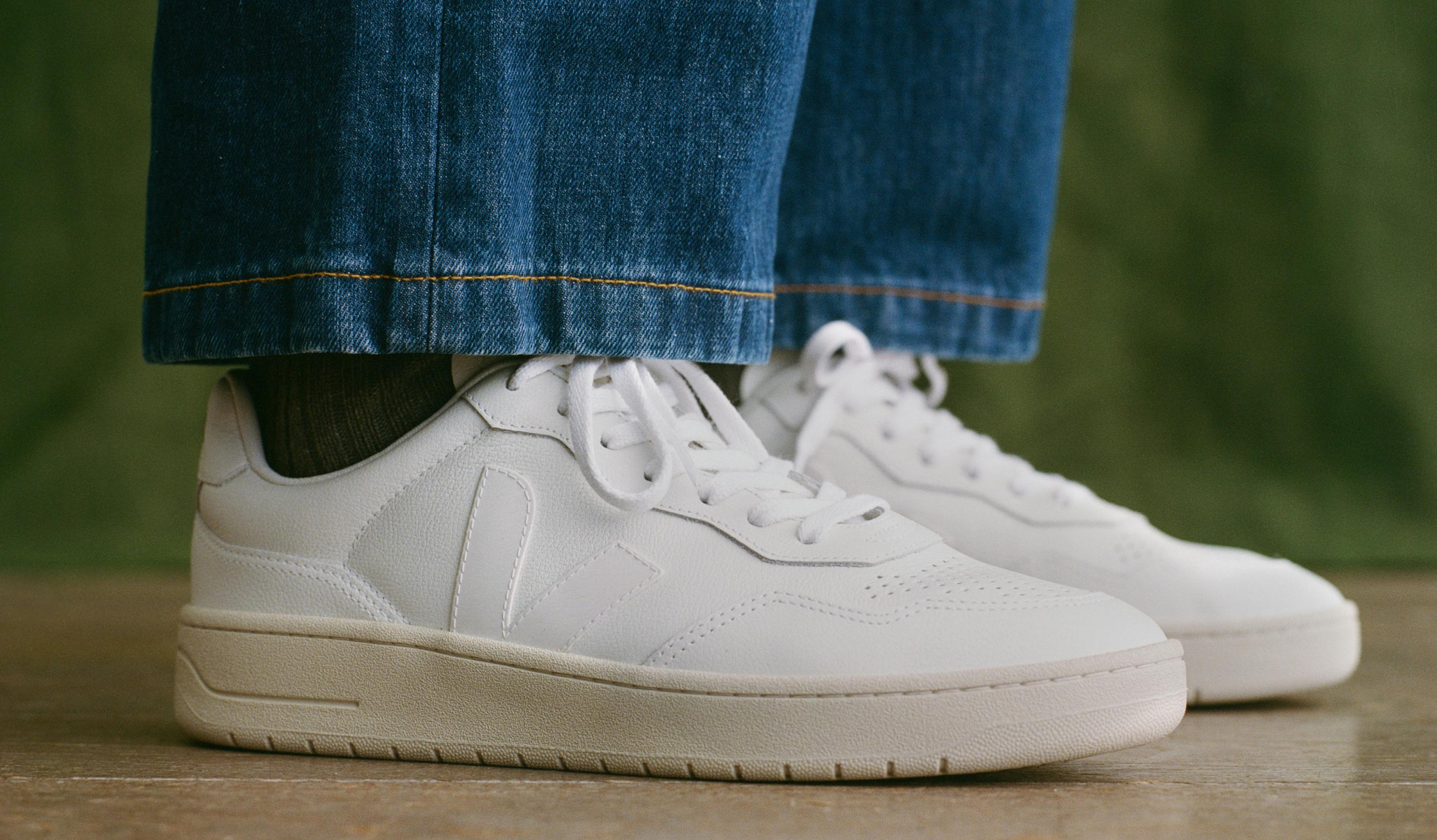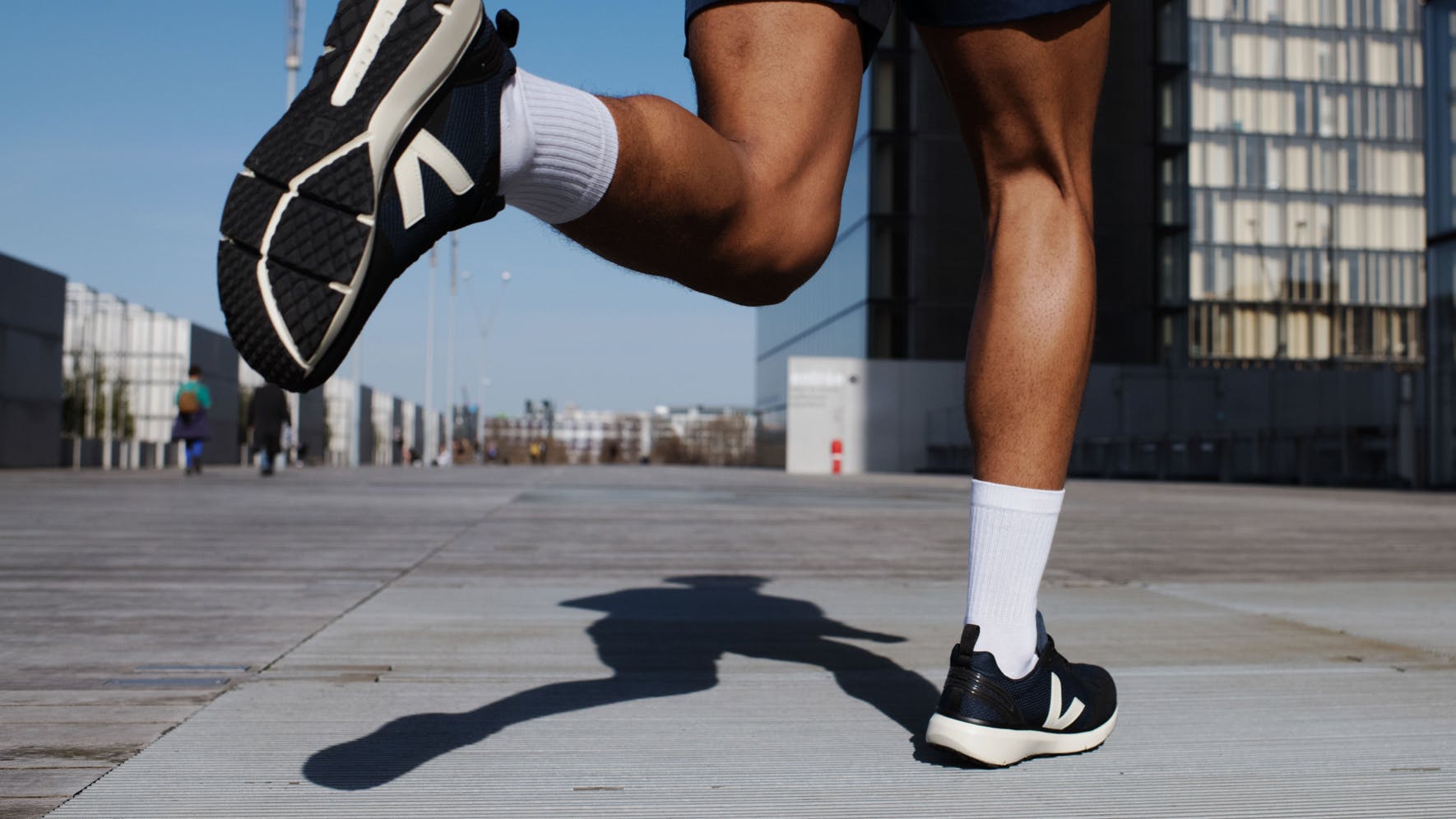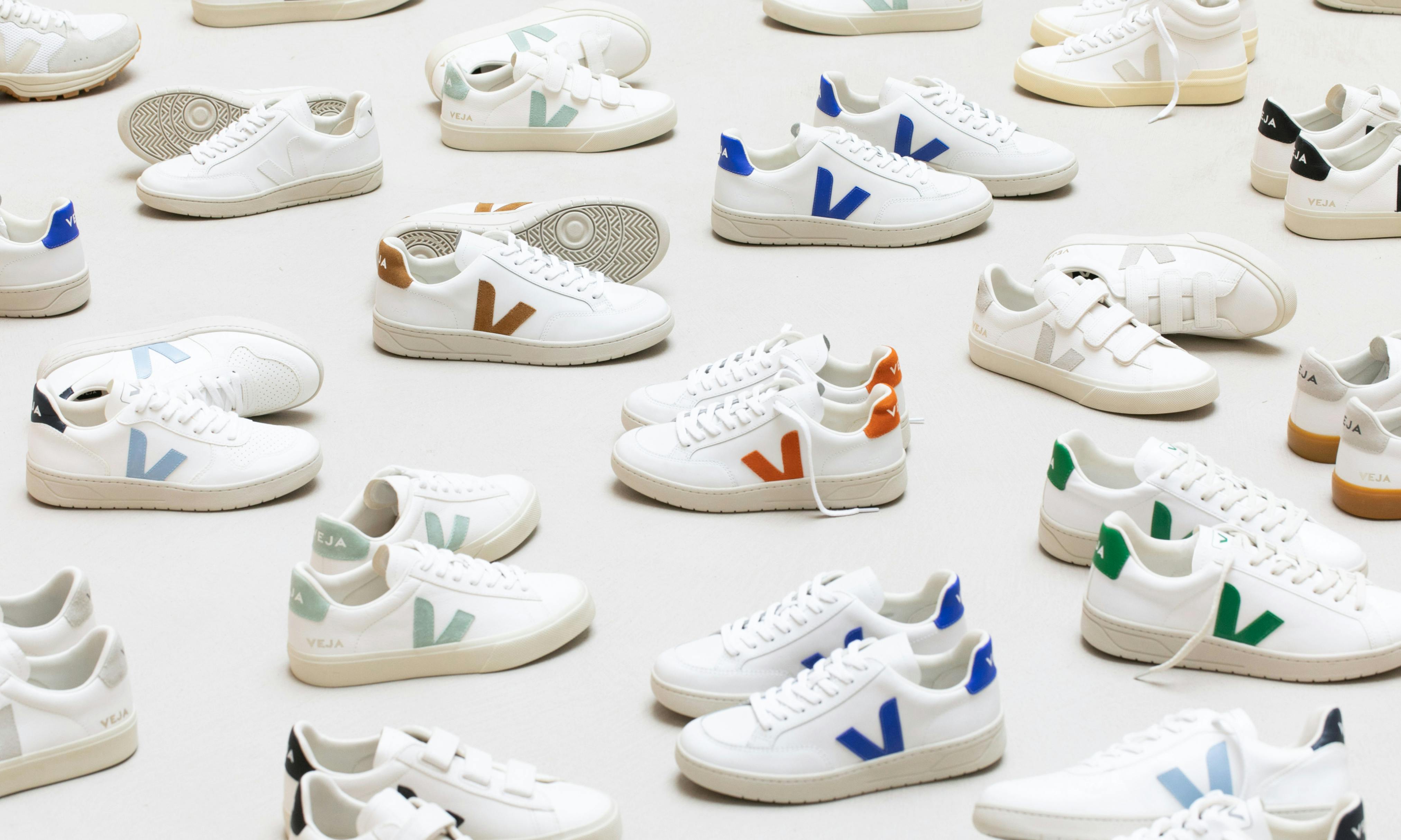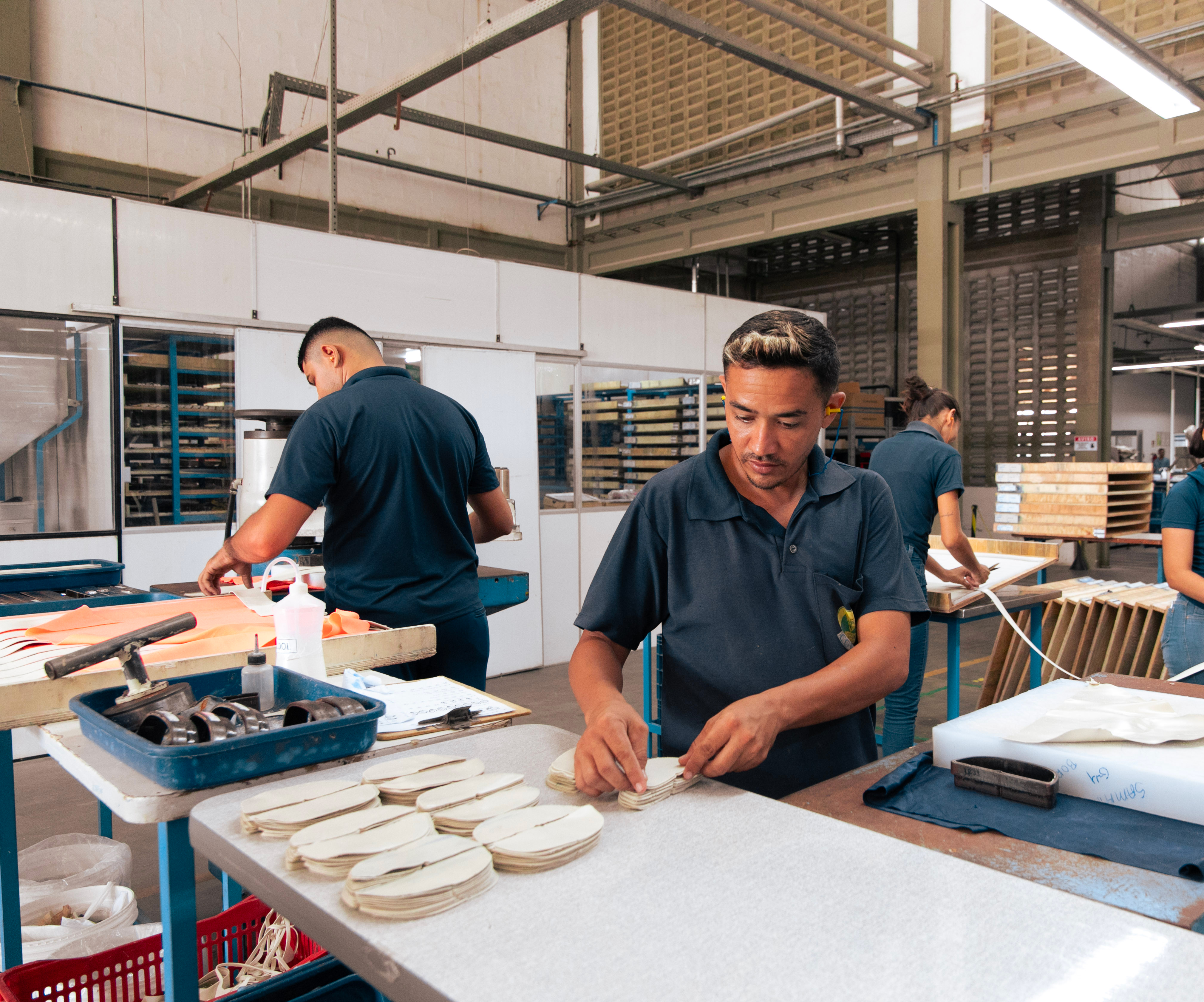
Limits
VEJA's limits
VEJA is in a state of constant transformation, and we're aware of the limits inherent to the project itself.
Manufacturing
The eyelets don't contain nickel but are made of metal we didn't source ourselves.

Tax Havens
Since VEJA started, we have always tried to stick to banks that don't have branches in tax havens. Therefore, NEF has always been our partner of choice to finance our operations, and we also work with Crédit Coopératif.
On the other hand, our e-commerce website still relies on banking partners with branches in tax havens. In essence, VEJA sells all over the world, and our usual partners don't offer that level of service.
Dyes
The pigments used to dye leather, rubber and cotton aren't natural products.
We used natural dyes made from plants and minerals in 2012 and 2013 on 40% of our production, but the quality of the reds wasn't up to our standards.
In order to get stable color, without fading, for now, VEJA needs to use conventional dyes that comply with safety regulations and does not use dangerous or prohibited chemicals.

Tanned leather
2011
© Cédric Amiot
Leather
From 2008 to 2015, 100% of VEJA leather was already vegetable-tanned leather.
However, since 2015, given that the costs were prohibitive and the quality not up to par, we turned back.
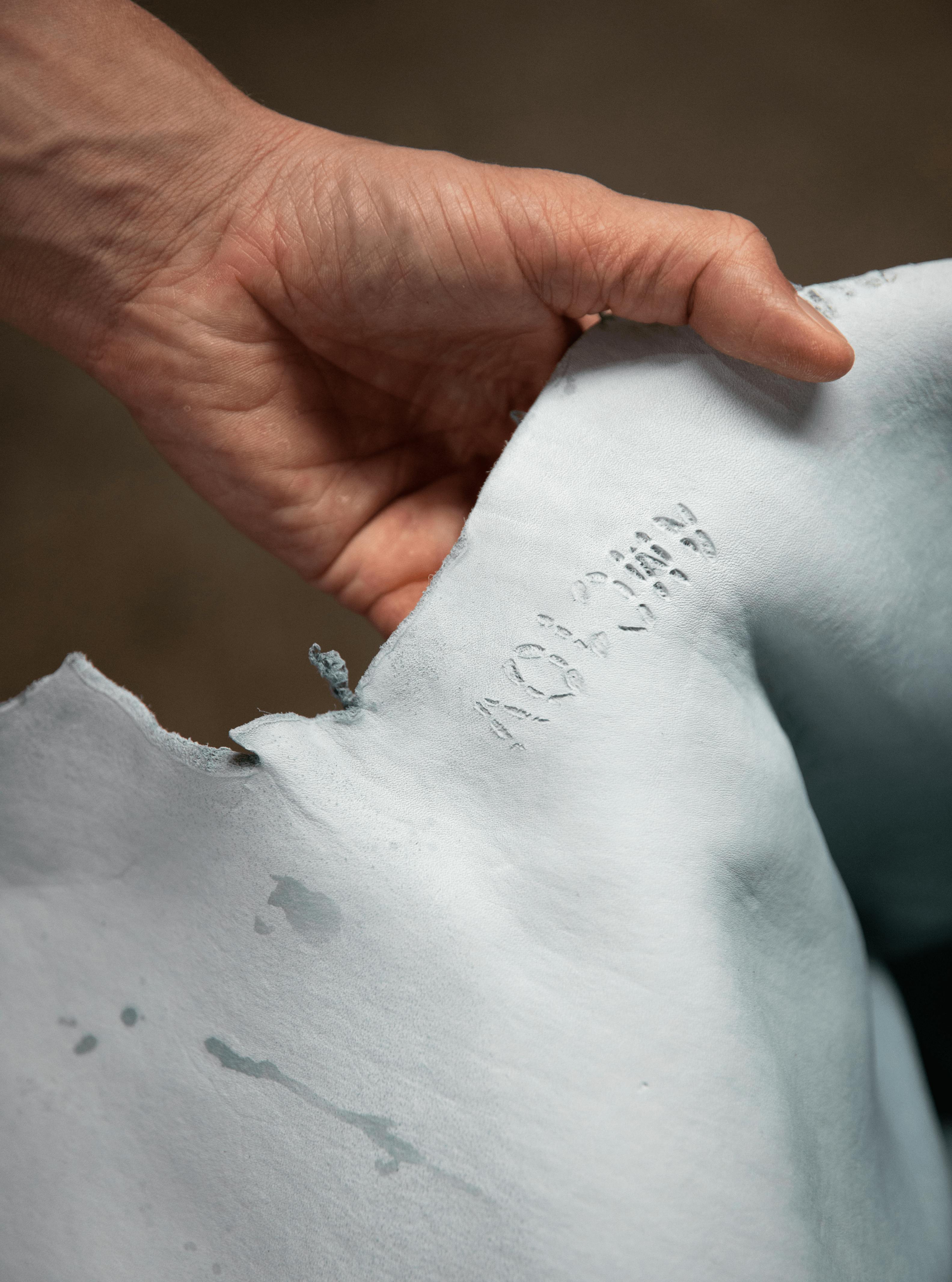
Leather
Porto Alegre, 2011
© Cédric Amiot
Since 2017, finding an ecological alternative to leather was a primary objective for the VEJA sourcing team.
This is why in 2019, VEJA launched one of its first styles in C.W.L., a vegan and bio-based material, back then produced in Italy. But if it was one step further at the time, we couldn't trace the cotton used for this canvas-based material. The cotton used was not organic.
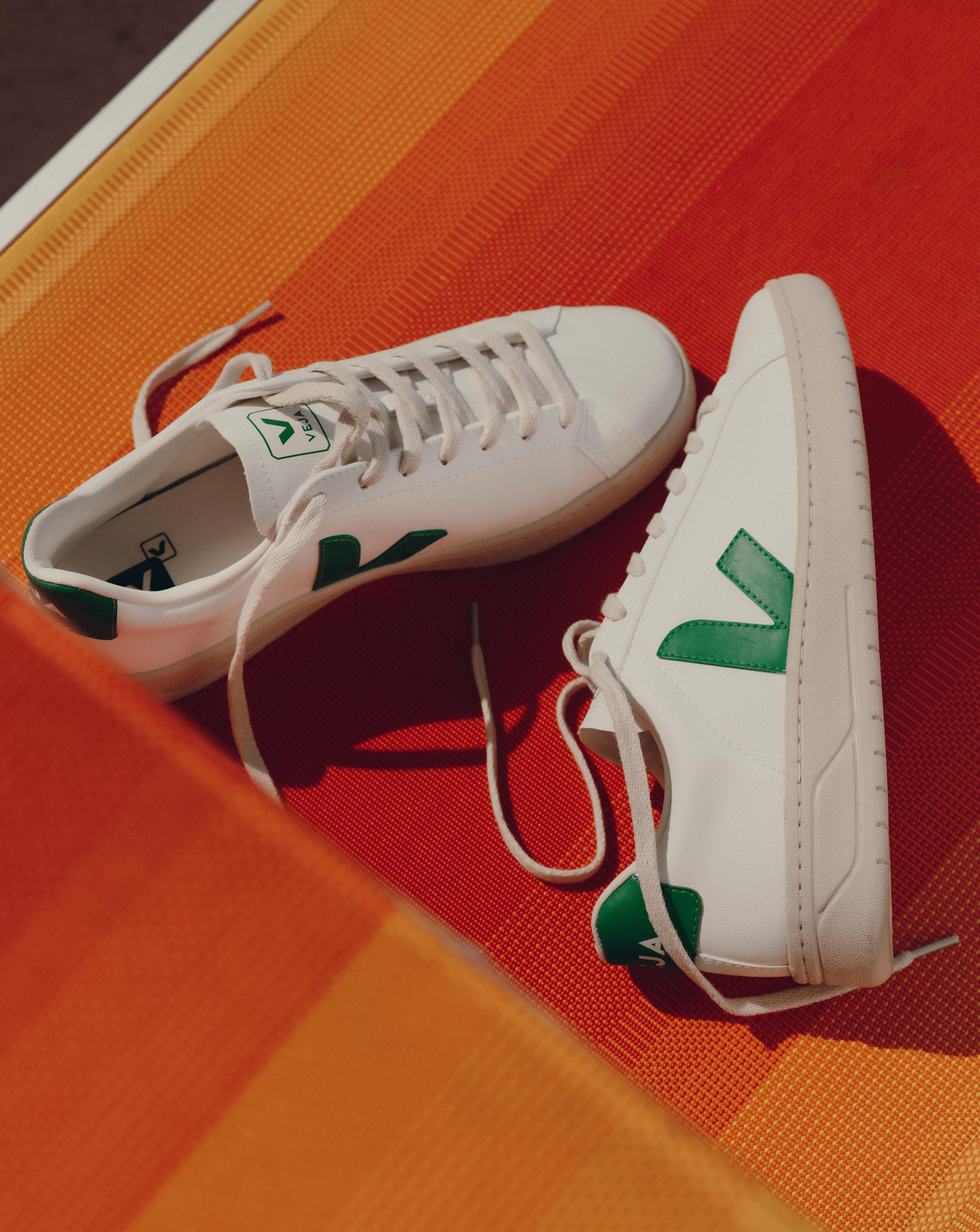
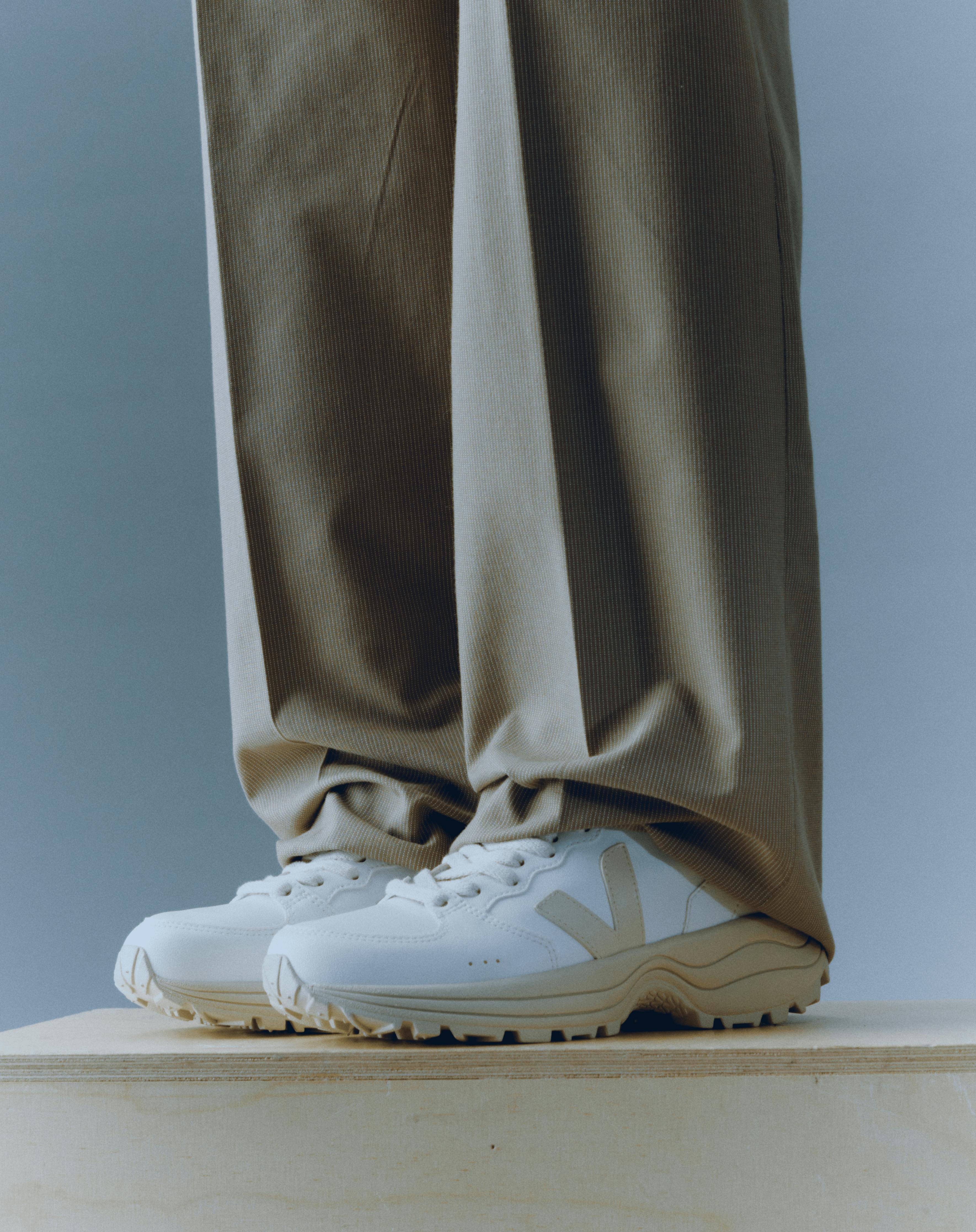
Today, it is difficult to trace the corn production sector. Due to the large size of its players, the bio-plastic industry lacks transparency. We are looking for solutions to create a chain for wastes from organic farming.
We know those chains exist. But the corn and the sugar cane, cultivated with and without GMO, are often mixed during the fermentation process in the storage tanks.
We therefore decided to reinvent the C.W.L. in 2020 and trace it more thoroughly. Months of research allowed us to achieve a better composition, produced in Brazil where VEJA sneakers are made.
This new C.W.L., 54% bio-based, offers the same texture, softness, and water resistance as leather. It is made from 100% organic cotton canvas, purchased directly by VEJA and coated with PU, castor oil, and corn starch.
Our 100% organic cotton is produced in Brazil and Peru by the producers VEJA has worked with since its inception.
In addition, C.W.L. is composed of 50% polyurethane, which is necessary for the extrusion of corn onto the cotton canvas.
The synthetic suede is made in Brazil, in a factory that monitors its water and chemical usage.
Nevertheless, synthetic suede remains petroleum-based, and we are working to find 100% bio-based alternatives.
Darwin
In June 2020, VEJA chose DARWIN to open its first repairing and recycling project store.
DARWIN is an urban eco-system based in Bordeaux integrating ecological and social innovation for companies and associations.
It is here where VEJA envisioned a space thought as a laboratory to restore and recycle worn-out VEJA pairs.
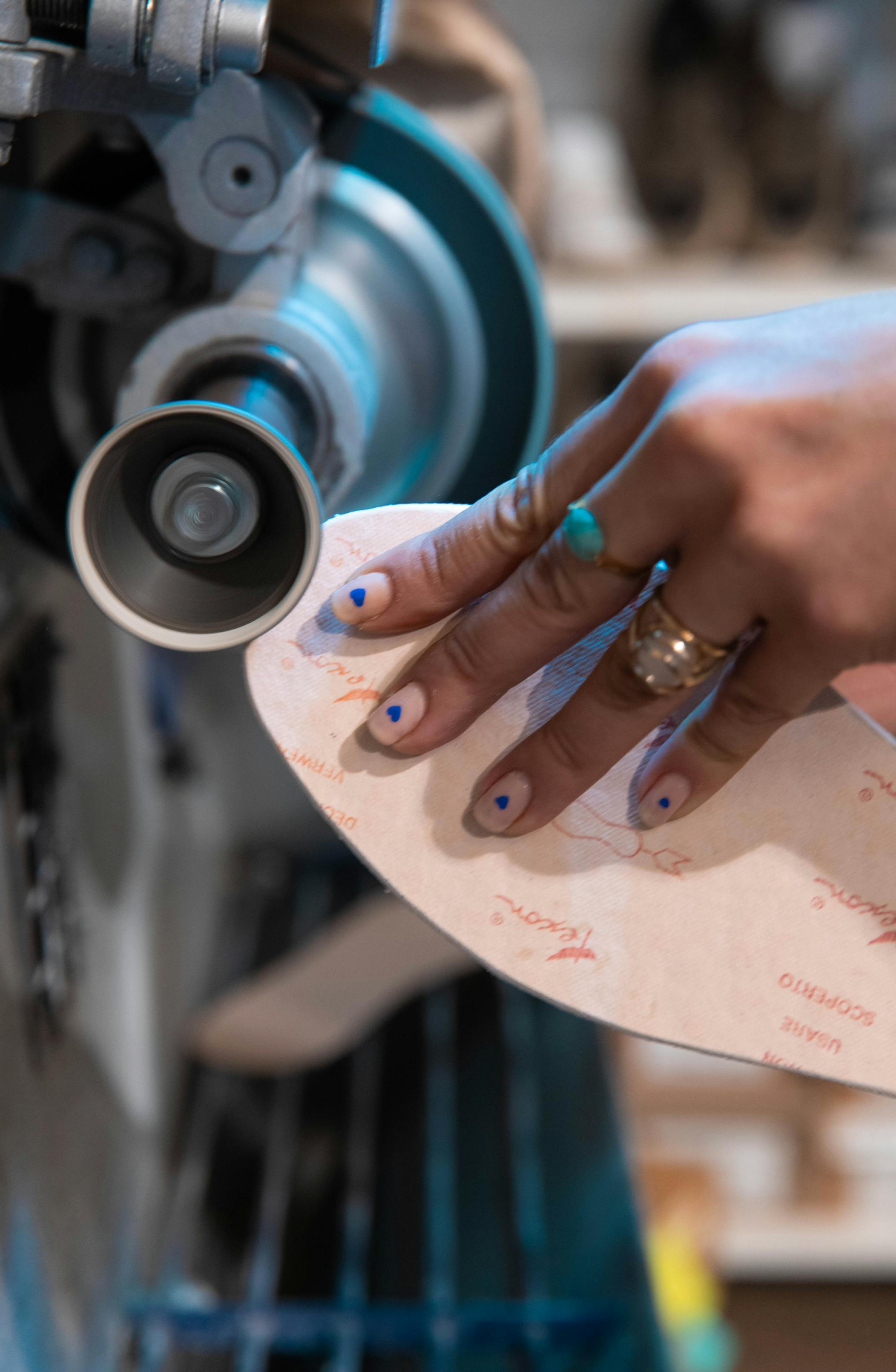
VEJA x Darwin
Bordeaux, 2021
© Antoine Huot

VEJA x Darwin
Bordeaux, 2021
© Antoine Huot
VEJA x DARWIN gathers never-launched VEJA prototypes, sneakers with minimal defects, and a few pairs from old collections at a reduced price.
We settled up an in-store cobbler to repair all VEJA sneakers and other brands to help reduce waste.
Since opening, our shoemaker has repaired more than 50,000 pairs of VEJA and other brands of shoes.
For those pairs that cannot get repaired, old VEJA’s, and other sneakers brands, we installed recycling boxes to collect and give them a second life.
A second VEJA cobbler shop opened in July 2021 in Galeries Lafayette, Paris. At this new address, our cobbler fixes, as well, sneakers from VEJA, other brands, and all types of shoes.
Just as in Darwin, we installed boxes to collect pairs that can’t get repaired to keep testing our recycling program.
Our in-store cobblers have repaired around 50,000 pairs so far.
Having seen the success of our repairing services, we realized we wanted to continue working on this project.
We can't recycle sneakers from other brands for the moment, since their composition is difficult to trace and they might contain hazardous chemicals. But we will reuse them for other projects (donations, art, etc.)
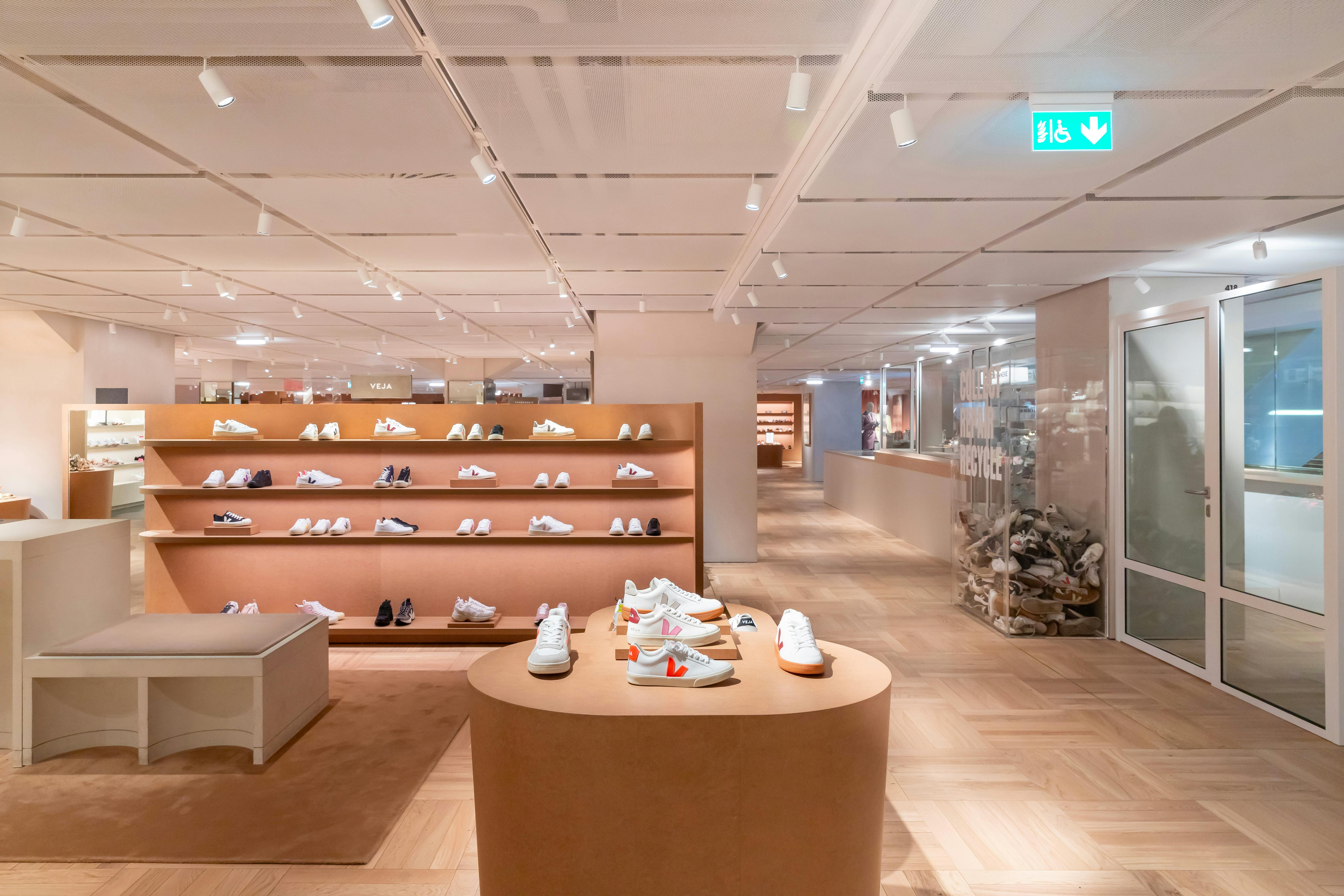
Cobbler shop in Galeries Lafayette
Paris, 2021
© Studio VEJA
Durability
Working with natural materials can sometimes compromise durability. Our goal is for a pair of VEJA to last even longer.
Is a sole made of wild rubber more resistant than a traditional plastic sneaker sole? Is using leather more environmentally friendly than using 98% oil-based plastic? Is organic cotton canvas more resistant than cotton canvas grown with pesticides? If we manage to answer yes to all these questions, the gamble will have paid off.
Overconsumption
While we're proud of our sneakers and the way we make them, other questions beg to be answered. Do we really need to buy so many pairs of shoes? We're aware our product is fashionable, but is it necessary to fetishize them in such a way? To always own the latest style?
Governance
VEJA is an LLC; the 2 founders are the sole shareholders.
In terms of governance, we have chosen to remain organized in a way that may seem old-fashioned for a growing company, since we believe democracy can become diluted under the pressures of capitalism: thus, bringing outside investors into VEJA's capital could risk undermining the project's integrity.
Transportation
At VEJA, we mainly use maritime transport to send our sneakers from Brazil to our logistic warehouses. Occasionally, we turn to air shipping. In 2022 and 2023, less than 0.5% of the pairs produced in Brazil were sent by airplane.

Usine VEJA
2023



